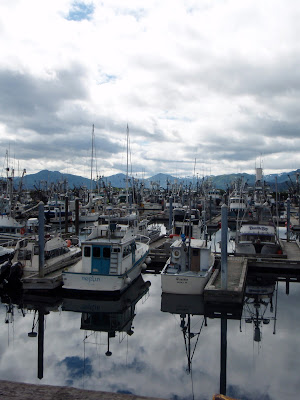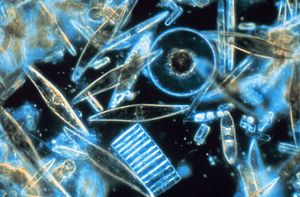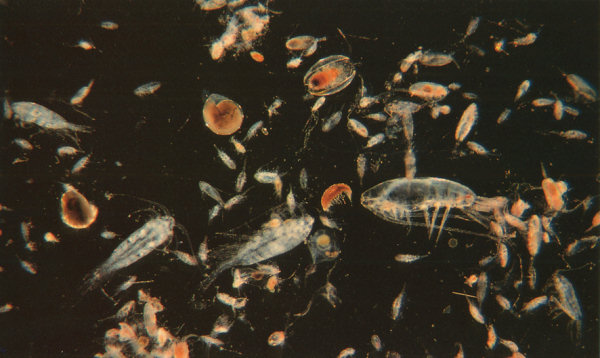NOAA TEACHER AT SEA
CATHRINE PRENOT FOX
ONBOARD NOAA SHIP OSCAR DYSON
JULY 24 – AUGUST 14, 2011
CATHRINE PRENOT FOX
ONBOARD NOAA SHIP OSCAR DYSON
JULY 24 – AUGUST 14, 2011
Mission: Walleye Pollock Survey
Location: Kodiak, Alaska
Date: October 25, 2011
Personal Log:
 |
| "It's not a party without a lumpsucker?" |
What is the best birthday party you ever had? Let me set the stage for you to picture mine. It was a theme celebration: the guests came as a superhero or supermodel. Everyone was in costume and balloons covered the floor. People brought so many flowers that I started putting them in washed out mayonnaise and pickle jars. The cake was homemade: I can't now remember if it was chocolate oblivion or an upside-down fruit, I just remember that it was made from scratch. There were prizes for the best costumes and people danced for hours. I didn't think that it could have ever gotten better. Until recently. Recently, I discovered lumpsuckers. For all of these years, I had no idea that my 29th could have gotten any better. Until now. Now I know that It's not a party without a lumpsucker (Cartoon citations 1, 2 and 3).
 |
| Adventures in a Blue World. Issue 16. Cathrine Prenot Fox, 2011. |
Lumpsuckers are small, benthic fish that live in northern oceans. Their pelvic fins are fused to form a suction cup... hence one part of their name: sucker. the other portion of their name is just as illustrative: lump. Need I elaborate?
 |
| Smooth and spiny lumpsuckers. |
I should explain why I chose a squishy dumpling with fins for the final cartoon of Adventures in a Blue World. It isn't because my 29th birthday balloons should have been adorned by adorable fish (although admittedly they would have been grand). It is because, once again, I have found yet another inhabitant of our planet that I was ignorant of. As a biology teacher, I like to think that I have a fairly good handle on life, especially of our Animalia Kingdom. Who could have guessed, in their wildest dreams, that there were creatures like the lumpsucker that inhabit our oceans--our planet? With only 3% of the oceans explored, I can't even fathom what else is out there. If we don't explore, catalog and protect our oceans, we may never know.
I want to thank the Teacher at Sea Program of NOAA for an excellent and amazing adventure. In particular, the crew of the Oscar Dyson, the scientists of MACE, my fellow Teacher at Sea (rockstar) Staci DeSchryver and Elizabeth McMahon deserve special recognition. Thank you all so much.
Until our next adventure!
I wish you fair winds and following seas, a sailor's farewell...
Cathrine Prenot Fox
Until our next adventure!
I wish you fair winds and following seas, a sailor's farewell...
Cathrine Prenot Fox
 |
| Last evening: green flash watch. |












































